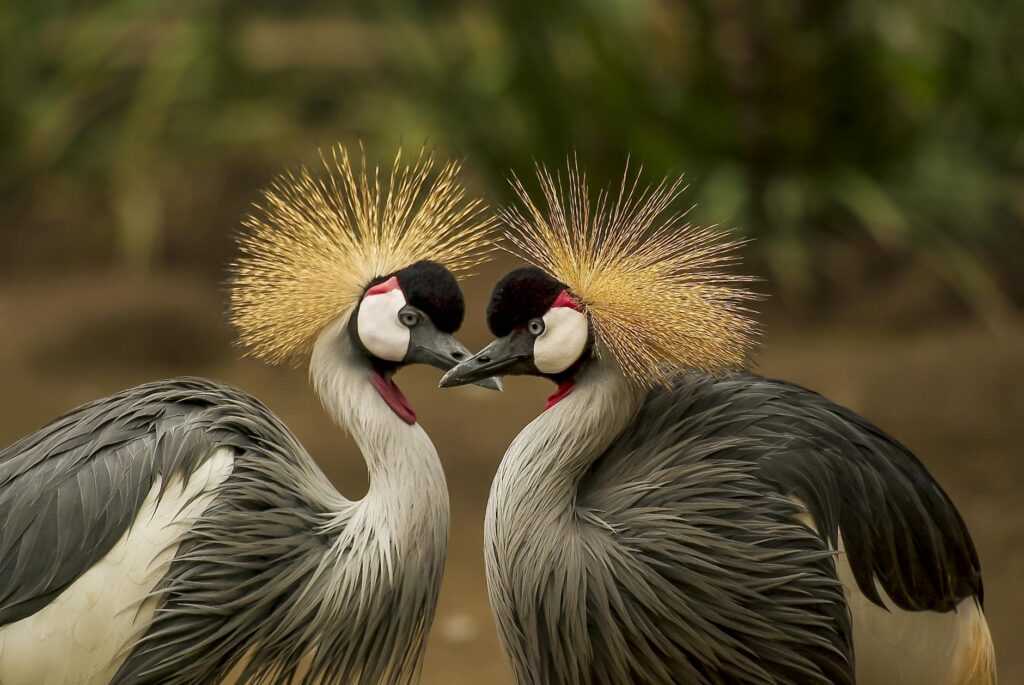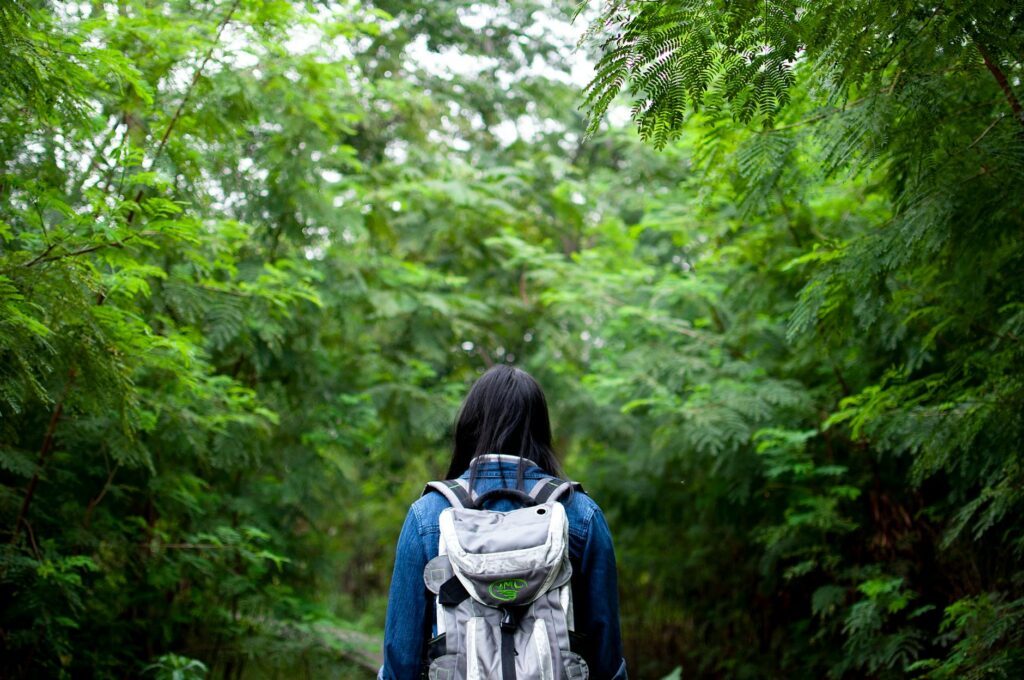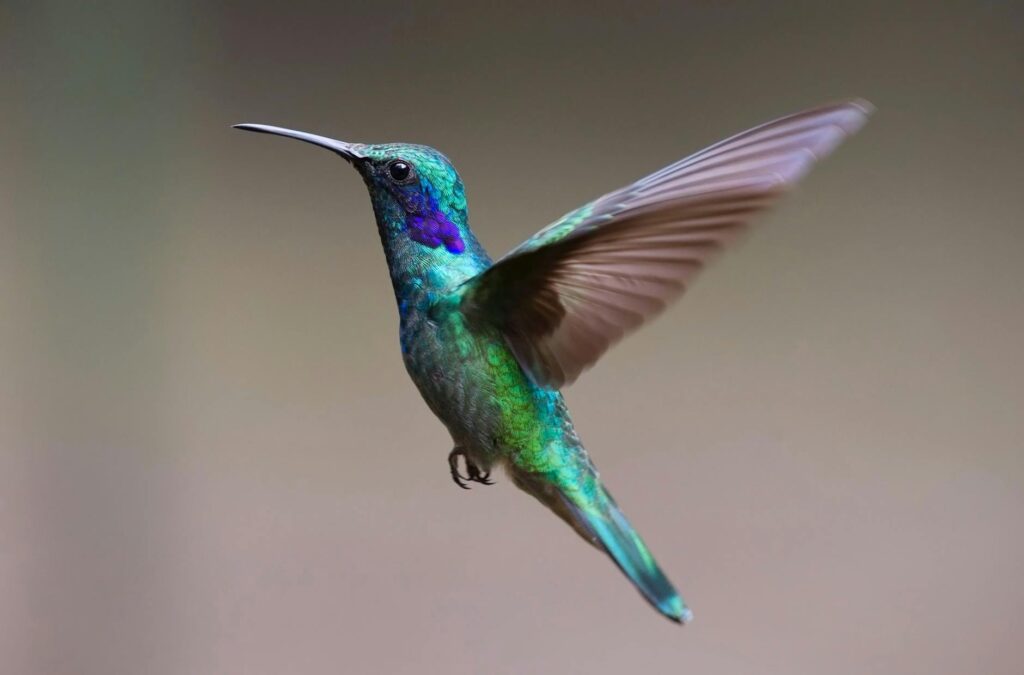Table of Contents

Have you ever felt the urge to capture the breathtaking beauty of nature, but worried about your environmental impact? You’re not alone. As photographers, we’re drawn to the seven inspiring nature photography projects, yet our passion can sometimes clash with our eco-conscious values.
But what if you could combine your love for nature photography with environmental stewardship? Imagine creating stunning images that not only showcase Earth’s beauty but also inspire others to protect it. From using eco-friendly equipment to documenting local ecosystems and creating conservation-focused photo series, there’s a world of possibilities waiting for the environmentally conscious photographer. In this blog post, we’ll explore seven inspiring nature photography projects that will ignite your creativity and help you make a positive impact on the planet. Get ready to embark on a journey that will transform the way you approach photography and connect with the natural world!

Capturing Earth’s Beauty: Eco-Friendly Equipment
As we embark on our journey to become eco-friendly nature photographers, it’s crucial to start with the right equipment. By choosing low-impact gear and sustainable accessories, we can minimize our environmental footprint while still capturing Earth’s breathtaking beauty.
A. Low-impact camera gear
When selecting your camera gear, consider durability and longevity to reduce waste. Opt for cameras and lenses made from recycled or sustainable materials. Some manufacturers now offer eco-friendly options that perform just as well as their traditional counterparts.
B. Energy-efficient lighting options
Lighting is essential for Nature photography projects, but it doesn’t have to come at the cost of high energy consumption. Consider these energy-efficient options:
- LED lights
- Solar-powered lighting systems
- Rechargeable battery packs
C. Sustainable accessories
Complement your eco-friendly camera gear with sustainable accessories:
| Accessory | Eco-Friendly Option |
|---|---|
| Camera bag | Made from recycled materials or organic fabrics |
| Tripod | Constructed from bamboo or recycled aluminum |
| Filters | Reusable and made from sustainable materials |
| Memory cards | Look for brands that use recycled packaging |
By investing in these eco-conscious photography tools, you’re not only reducing your environmental impact but also setting an example for other photographers. With your green equipment ready, let’s explore how to document local ecosystems in our next section.

Documenting Local Ecosystems
Now that we’ve explored eco-friendly equipment, let’s dive into the exciting world of documenting local ecosystems. This approach not only reduces your carbon footprint but also allows you to discover the hidden wonders right in your backyard.
A. Underwater photography in local water bodies
Explore the aquatic life in nearby lakes, rivers, or coastal areas. With waterproof cameras or underwater housings, capture the vibrant ecosystems beneath the surface. Remember to practice responsible diving and avoid disturbing marine life.
B. Seasonal changes in nearby parks
Document the transformation of local parks throughout the year. Create a photo series showcasing:
- Spring blossoms
- Summer greenery
- Autumn foliage
- Winter landscapes
This project highlights the beauty of nature’s cycles and raises awareness about climate change impacts on local flora.
C. Backyard biodiversity projects
Turn your own backyard into a Nature photography projects studio. Set up:
- Bird feeders
- Insect hotels
- Native plant gardens
Capture the diverse wildlife attracted to these habitats, promoting the importance of creating eco-friendly spaces in urban areas.
D. Urban wildlife photography
Showcase the resilience of nature in city environments. Focus on:
- Birds adapting to urban landscapes
- Small mammals in parks
- Plants growing in unexpected places
| Subject | Best Time | Equipment |
|---|---|---|
| Birds | Dawn/Dusk | Telephoto lens |
| Mammals | Night | Motion-activated camera |
| Plants | Any time | Macro lens |
By documenting local ecosystems, you’ll not only create stunning images but also raise awareness about the importance of preserving biodiversity in our immediate surroundings. Next, we’ll explore how to create a powerful conservation-focused photo series to amplify your environmental message.

Conservation-Focused Photo Series
Conservation-focused photo series offer a powerful way for eco-friendly photographers to raise awareness about environmental issues and inspire action. By documenting the impacts of human activity on nature and showcasing conservation efforts, these Nature photography projects can make a lasting impact on viewers and contribute to positive change.
A. Pollution Impact Documentation
Capturing the effects of pollution on natural environments can be a stark reminder of our responsibility to protect the planet. Consider these approaches:
- Before and after shots of polluted areas
- Close-ups of wildlife affected by pollution
- Aerial photography of industrial sites near natural habitats
| Subject | Technique | Impact |
|---|---|---|
| Plastic-filled beaches | Wide-angle shots | Shows scale of problem |
| Oil spills | Drone photography | Reveals extent of damage |
| Air pollution | Long-exposure cityscapes | Visualizes air quality |
B. Climate Change Effects on Landscapes
Document the visible impacts of climate change to create a compelling narrative:
- Melting glaciers and receding snowlines
- Drought-stricken landscapes
- Coastal erosion and rising sea levels
- Changing vegetation patterns in ecosystems
C. Habitat Restoration Efforts
Highlight positive actions by capturing:
- Before, during, and after shots of restoration projects
- Volunteers engaged in conservation work
- Native species returning to restored areas
D. Endangered Species Awareness
Create empathy and urgency through your lens:
- Intimate portraits of endangered animals
- Habitat loss documentation
- Conservation success stories
By focusing on these conservation themes, photographers can use their skills to educate and inspire action for environmental protection. As we explore these impactful projects, it’s important to consider how minimalist Nature photography projects can also convey powerful messages about our relationship with the environment.

Minimalist Nature Photography
Minimalist Nature photography projects is a powerful approach that emphasizes simplicity and elegance in capturing the essence of the natural world. This style not only creates stunning images but also aligns perfectly with eco-friendly photography practices.
Emphasizing Simplicity in Composition
When it comes to minimalist Nature photography projects, less is truly more. Focus on:
- Negative space
- Single subjects
- Strong lines and shapes
- Monochromatic color schemes
These elements help create powerful, impactful images that draw the viewer’s attention to the beauty of nature without overwhelming them with details.
Creating Powerful Images with Minimal Equipment
One of the great advantages of minimalist Nature photography projects is that it doesn’t require a lot of gear. Here’s a comparison of essential vs. optional equipment:
| Essential Equipment | Optional Equipment |
|---|---|
| Camera body | Tripod |
| One versatile lens | Filters |
| Memory cards | External flash |
| Spare battery | Additional lenses |
By limiting your equipment, you not only reduce your environmental impact but also challenge yourself creatively to make the most of what you have.
Techniques for Reducing Environmental Disturbance
Minimalist Nature photography projects naturally lends itself to eco-friendly practices. Consider these techniques:
- Use a telephoto lens to capture wildlife from a distance
- Stick to established trails to avoid damaging vegetation
- Practice the “Leave No Trace” principle
- Avoid using artificial lighting that might disturb nocturnal animals
- Use silent shooting modes to minimize noise pollution
By adopting these practices, you can create stunning minimalist nature photographs while respecting and preserving the environment you’re capturing.
Now that we’ve explored the art of minimalist Nature photography projects, let’s move on to discuss sustainable travel photography and how it can further enhance your eco-friendly approach to capturing nature’s beauty.

Sustainable Travel Photography
As we explore the realm of eco-friendly Nature photography projects, let’s turn our attention to sustainable travel Nature photography projects. This approach combines the art of capturing stunning images with responsible practices that minimize our impact on the environment.
Responsible wildlife photography practices
When photographing wildlife, it’s crucial to prioritize the well-being of animals and their habitats. Here are some key practices to follow:
- Maintain a safe distance from wildlife
- Use telephoto lenses to avoid disturbing animals
- Never bait or lure animals for a shot
- Research local guidelines and regulations before photographing protected species
Supporting local conservation efforts through imagery
Your photography can be a powerful tool for conservation. Consider these approaches:
- Partner with local conservation organizations
- Document ongoing conservation projects
- Showcase endangered species and habitats
- Share stories of local communities involved in conservation efforts
| Approach | Benefits |
|---|---|
| Partnering with organizations | Provides access to unique subjects and supports their work |
| Documenting projects | Raises awareness and encourages support for conservation initiatives |
| Showcasing endangered species | Highlights the urgency of protection efforts |
| Sharing community stories | Inspires others to get involved in conservation |
Leave No Trace principles for photographers
Incorporating Leave No Trace principles into your Nature photography projects practice is essential for minimizing your environmental impact:
- Plan ahead and prepare to reduce the need for on-site alterations
- Stick to established trails and campsites
- Dispose of waste properly, including memory cards and batteries
- Leave what you find, including natural objects and artifacts
- Respect wildlife and minimize disturbance
- Be considerate of other visitors and their experience
Eco-friendly transportation methods
Choosing sustainable transportation can significantly reduce your carbon footprint:
- Use public transportation when available
- Opt for electric or hybrid vehicles for road trips
- Consider bike tours for local photography excursions
- Explore on foot to discover hidden photographic gems
By embracing these sustainable travel Nature photography projects practices, you’ll not only capture breathtaking images but also contribute to the preservation of the natural world you’re documenting. Next, we’ll delve into the power of digital storytelling for environmental causes, exploring how your images can make a lasting impact.

Digital Storytelling for Environmental Causes
In the age of digital media, photographers have a powerful platform to share their work and raise awareness about environmental issues. Let’s explore how you can use your photography skills to tell compelling stories that make a difference.
Developing a conservation-focused photography blog
Creating a dedicated blog for your conservation Nature photography projects is an excellent way to showcase your work and educate your audience. Here are some tips to get started:
- Choose a user-friendly platform (e.g., WordPress, Squarespace)
- Organize your content into categories (e.g., wildlife, landscapes, climate change)
- Write engaging captions that provide context and conservation information
- Include calls-to-action for your readers to get involved in environmental causes
Collaborating with environmental organizations
Partnering with conservation groups can amplify your impact and provide access to unique Nature photography projects opportunities:
| Organization Type | Benefits of Collaboration |
|---|---|
| Local NGOs | Access to local ecosystems and community projects |
| International NGOs | Wider reach and potential for global impact |
| Research Institutes | Opportunity to document scientific work in the field |
Leveraging social media for awareness
Social media platforms are powerful tools for sharing your environmental storytelling:
- Instagram: Use hashtags and geotags to increase visibility
- Twitter: Share quick facts and calls-to-action alongside your images
- Facebook: Create albums and longer-form posts to dive deeper into issues
- TikTok: Create short, engaging videos that highlight environmental challenges
Creating compelling photo essays
Photo essays allow you to tell a more comprehensive story about environmental issues:
- Choose a specific theme or issue to focus on
- Capture a variety of shots (wide, medium, close-up) to provide context
- Include human elements to create emotional connections
- Use a mix of powerful individual images and supporting shots
- Write concise, informative captions that enhance the narrative
By mastering these digital storytelling techniques, you can use your Nature photography projects to inspire action and promote environmental conservation. Next, we’ll explore eco-friendly post-processing and printing methods to ensure your entire workflow aligns with your conservation values.

Eco-Friendly Post-Processing and Printing
As we explore ways to make Nature photography projects more sustainable, it’s crucial to consider the environmental impact of post-processing and printing. Let’s dive into eco-friendly practices that can significantly reduce your carbon footprint while still producing stunning images.
Recycling and Upcycling Photography Waste
Photographers can significantly reduce their environmental impact by properly managing waste. Here are some creative ways to recycle and upcycle photography-related materials:
- Recycle old memory cards and batteries at electronic waste facilities
- Upcycle outdated camera equipment into decorative pieces or donate to art programs
- Repurpose empty ink cartridges through manufacturer recycling programs
Digital Alternatives to Physical Prints
Embracing digital alternatives can drastically reduce paper and chemical usage. Consider these eco-friendly options:
- Online galleries and portfolios
- Digital photo books and albums
- Social media sharing
- Virtual exhibitions
Sustainable Printing Materials and Methods
When physical prints are necessary, opt for environmentally friendly options:
| Material/Method | Environmental Benefit |
|---|---|
| Bamboo paper | Rapidly renewable resource |
| Recycled paper | Reduces deforestation |
| Soy-based inks | Lower VOC emissions |
| UV printing | Less chemical waste |
Energy-Efficient Editing Setups
Optimize your post-processing workspace to minimize energy consumption:
- Use energy-efficient monitors and computers
- Implement power-saving settings on all devices
- Utilize natural light when possible to reduce artificial lighting needs
- Consider cloud-based editing solutions to reduce local energy usage
By implementing these eco-friendly post-processing and printing practices, Nature photography projects can significantly reduce their environmental impact while continuing to create beautiful images that inspire conservation efforts.
Next, we’ll explore how digital storytelling can be used to amplify environmental causes and create meaningful change through Nature photography projects.

Nature photography projects offers a powerful medium for eco-conscious photographers to showcase Earth’s beauty and raise awareness about environmental issues. By embracing sustainable practices, from using eco-friendly equipment to minimizing travel impact, photographers can create stunning visuals while preserving the very subjects they capture. Documenting local ecosystems, focusing on conservation efforts, and exploring minimalist techniques all contribute to a more environmentally responsible approach to photography.
As you embark on your own eco-friendly nature photography projects, remember that your work can inspire change and promote environmental stewardship. Whether through digital storytelling for environmental causes or sustainable printing methods, every choice you make as a photographer can have a positive impact. By combining your passion for Nature photography projects with a commitment to the planet, you can create meaningful art that not only captures the beauty of nature but also helps protect it for future generations.





An exciting journey to capture the beauty of nature with these 10 inspiring nature photography projects. You’ll explore everything from stunning landscape photography projects to amazing wildlife